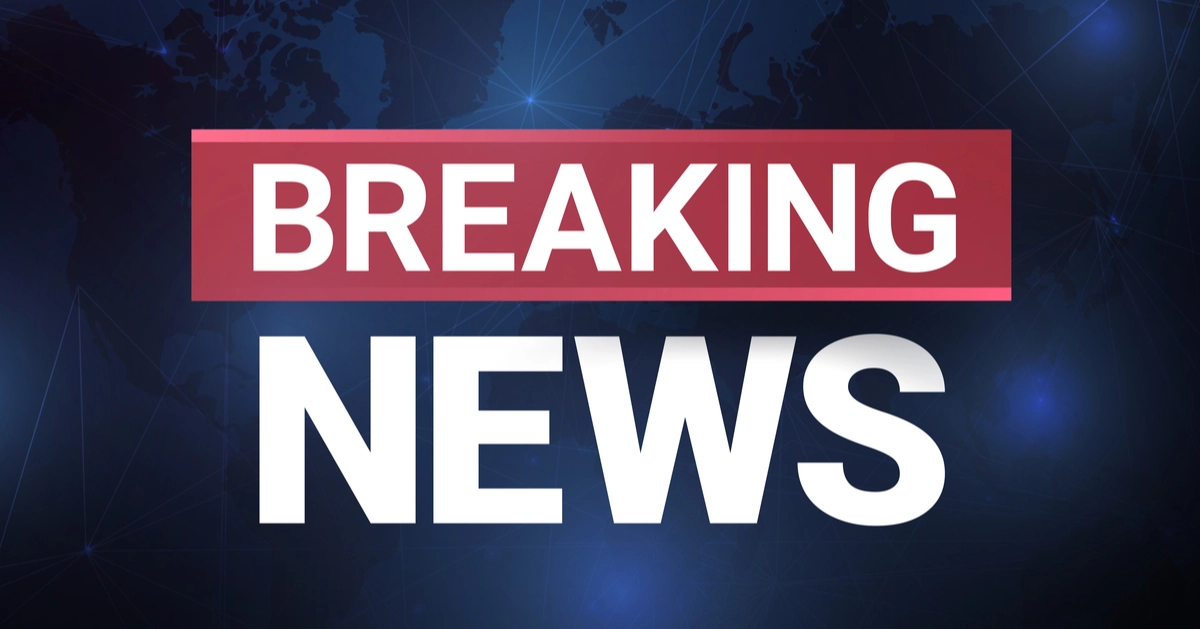Boeing Starliner astronauts reveal near-death experience during ISS mission
Two NASA astronauts who spent an extended period aboard the International Space Station recently disclosed harrowing details about their potentially fatal journey.
According to Daily Mail, astronauts Butch Wilmore and Sunita Williams faced a life-threatening situation when their Boeing Starliner spacecraft experienced critical thruster failures during their approach to the International Space Station last June.
The mission, initially planned as an eight-day venture, stretched into a 286-day ordeal after their spacecraft malfunctioned.
During their first media appearances since returning to Earth last month, the astronauts revealed multiple technical issues that plagued their vessel from the start, with the most serious incident occurring during their initial approach to the space station.
Critical moments during ISS approach
Wilmore found himself in a precarious position when he took manual control of the spacecraft, only to lose four thrusters crucial for navigation. The situation became increasingly dire as the loss of these thrusters severely compromised their ability to maintain proper control of the vehicle.
Wilmore, speaking about the incident, shared his thought process during those tense moments:
I don't know that we can come back to Earth at that point. I don't know if we can. And matter of fact, I'm thinking we probably can't. So there we are, loss of 6DOF control, four aft thrusters down, and I'm visualizing orbital mechanics. The space station is nose down. So we're not exactly level with the station, but below it. If you're below the station, you're moving faster. That's orbital mechanics. It's going to make you move away from the station.
The situation forced the astronauts to make split-second decisions that would determine their fate. Despite flight regulations recommending a return to Earth under such circumstances, the compromised state of their vessel made this option potentially more dangerous than attempting to dock with the ISS.
NASA's emergency intervention saves mission
NASA engineers worked rapidly to address the crisis, implementing an emergency reboot of the thrusters.
This required Wilmore to temporarily surrender control of the spacecraft, leaving both astronauts floating helplessly in space during the restart procedure.
Williams described the intense relief felt when they finally achieved successful docking with the space station. The accomplishment marked not only their survival but also a significant milestone for the Starliner program.
The astronauts maintained remarkable composure throughout the ordeal, relying on what Williams termed "a lot of unsaid communication" inside the capsule. Their professional training and experience proved crucial in managing the emergency situation.
Long-term implications for space travel
The incident has raised important questions about the reliability of the Boeing Starliner system. Wilmore acknowledged that even after successfully docking, he harbored serious doubts about using the same spacecraft for their return journey.
The extended duration of their stay on the ISS - 286 days instead of the planned eight - resulted directly from these technical issues.
This unexpected extension required significant logistical adjustments and highlighted the importance of having backup plans for space missions.
These revelations come at a crucial time for commercial space flight programs, as various companies continue developing and testing vehicles for human space transportation. The experience of Wilmore and Williams serves as a sobering reminder of the risks inherent in space travel.
Mission outcome and future considerations
Wilmore and Williams successfully returned to Earth last month aboard a SpaceX Dragon spacecraft after their extended stay on the International Space Station.
Their original mission, intended as a brief eight-day venture aboard Boeing's Starliner, transformed into a nearly 300-day space station assignment due to their spacecraft's malfunction.
The astronauts' candid revelations about their near-fatal experience have sparked renewed discussions about spacecraft safety protocols and emergency procedures. Their successful return marks both the end of their extended mission and the beginning of detailed investigations into the Starliner's performance issues.


